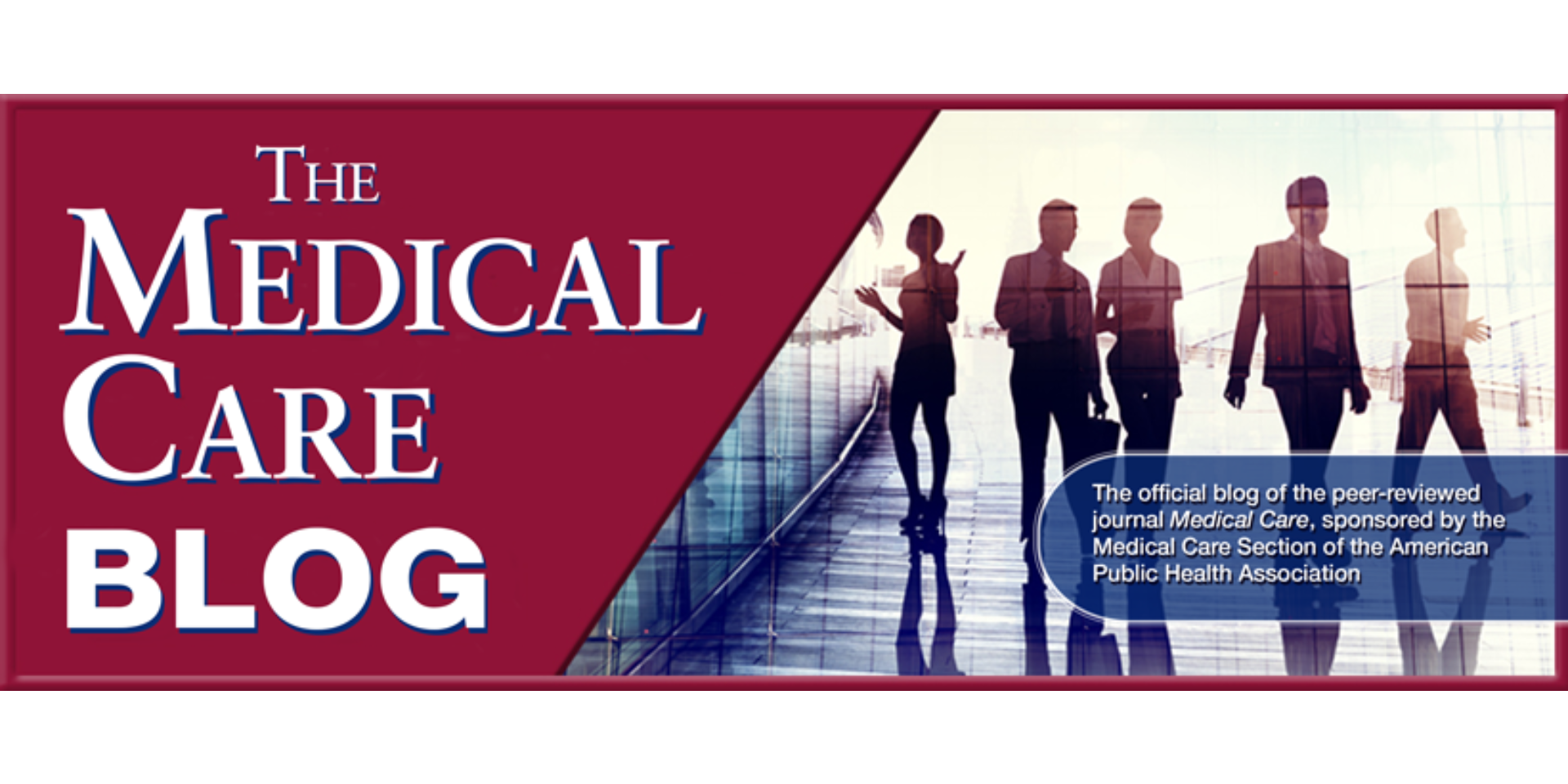What if there was a public health problem so big that even public health leaders were too enmeshed in its grip to be able to warn against its perils?
I worry that we are in that very conundrum with regard to our relationship with technology. It has accelerated from being part of our world to becoming the world. Since most of us are increasingly tied to screens for work and our social existence, it poses a challenge to viewing technology as a public health concern. 
When 3 out of 4 people report spending more time with their phone than their romantic partner, and with the average American checking their phone 350+ times a day, a 4-fold increase from 2019, who is left to study in an objective way what this technology is doing to all of us?
Loneliness, technology use, and the pandemic
Loneliness is a crisis in the U.S., with 58% of Americans reporting loneliness in 2021. We also know that loneliness has significant health effects, including a 29% increased risk of mortality, roughly akin to obesity or smoking 15 cigarettes daily.
U.S. Surgeon General Vivek Murthy has been raising awareness about the epidemic of loneliness for many years. And in May, 2023, he released a groundbreaking report [pdf] on the topic, stating:
“Our epidemic of loneliness and isolation has been an under-appreciated public health crisis that has harmed individual and societal health. Given the significant health consequences of loneliness and isolation, we must prioritize building social connection the same way we have prioritized other critical public health issues such as tobacco, obesity, and substance use disorders.” (Read more of his statement here)
We know that with increased exposure to, and use of, social media, people feel lonelier and more isolated. The pandemic, meanwhile, increased our use of devices significantly. One study that tracked cell phone use showed a mean of 233 minutes (3 hours, 53 minutes) per day in 2019, increasing 19% to 278 (4 hours, 38 minutes) in 2020-21.
In a moment where we have devices in every room and on our person at all times, devices that promise to connect us, they are helping to do the opposite: isolating us from each other. They are pulling us from our human nature to create live, social connections. Instead, we become numbed and distracted into hours of “connecting” with our devices.
Mental health, technology use, and the pandemic
Access to technology is clearly important for connecting humans with information (including health information). And some apps and other basic technologies may help address health problems and reduce health disparities. But the health effects of tech overload are becoming clear. Frequent technology use appears to increase anxiety and depression, suicidal thoughts, and poor self-esteem.
A patient I saw in the last week shared how he was dealing with depression. When I dug a bit further, he began to talk about how work in a library has become increasingly isolated since the pandemic. In-person meetings are infrequent, and he misses the social aspect of work. “I hardly ever see my colleagues in person anymore,” he shared.
Between meetings that are increasingly virtual and the culture of working from home, he described barely recognizing his workplace of the present. Additionally, a “doors closed” culture that persists from the pandemic, initially done in the name of virus control and prevention, now seems to simply prevent human interaction.
And what do all of these behaviors–virtual meetings, working from home, and closed doors–serve to enhance? Our unobstructed time interacting with our screens, phones, tablets, smartwatches, and computers. All of which are attractive, intentionally addictive alternatives to interacting with other humans.
A dilemma for public health
How can public health be fully aware of the hazardous health effects of tech overload when we too are consumed by it?
I offer a parallel. How would our field speak to the harms of smoking if most public health workers were chain smokers? It would surely muffle, if not altogether suffocate, our ability to study the harms of smoking or to advocate for a move away from smoking altogether.
The recent Surgeon General Advisory proposes steps toward a national strategy to advance social connection. The report includes recommendations at every level, from government and technology companies to our workplaces and communities. And importantly, it includes efforts to “reform the digital environment”.
Ultimately, our ability to speak to the harms of technology for individual and collective health, and our ability to direct the use of technology in ways that are good for health, will be connected to how we, as public health workers, control the use of tech in our own lives and workplaces.

